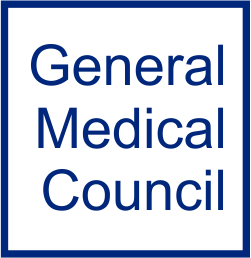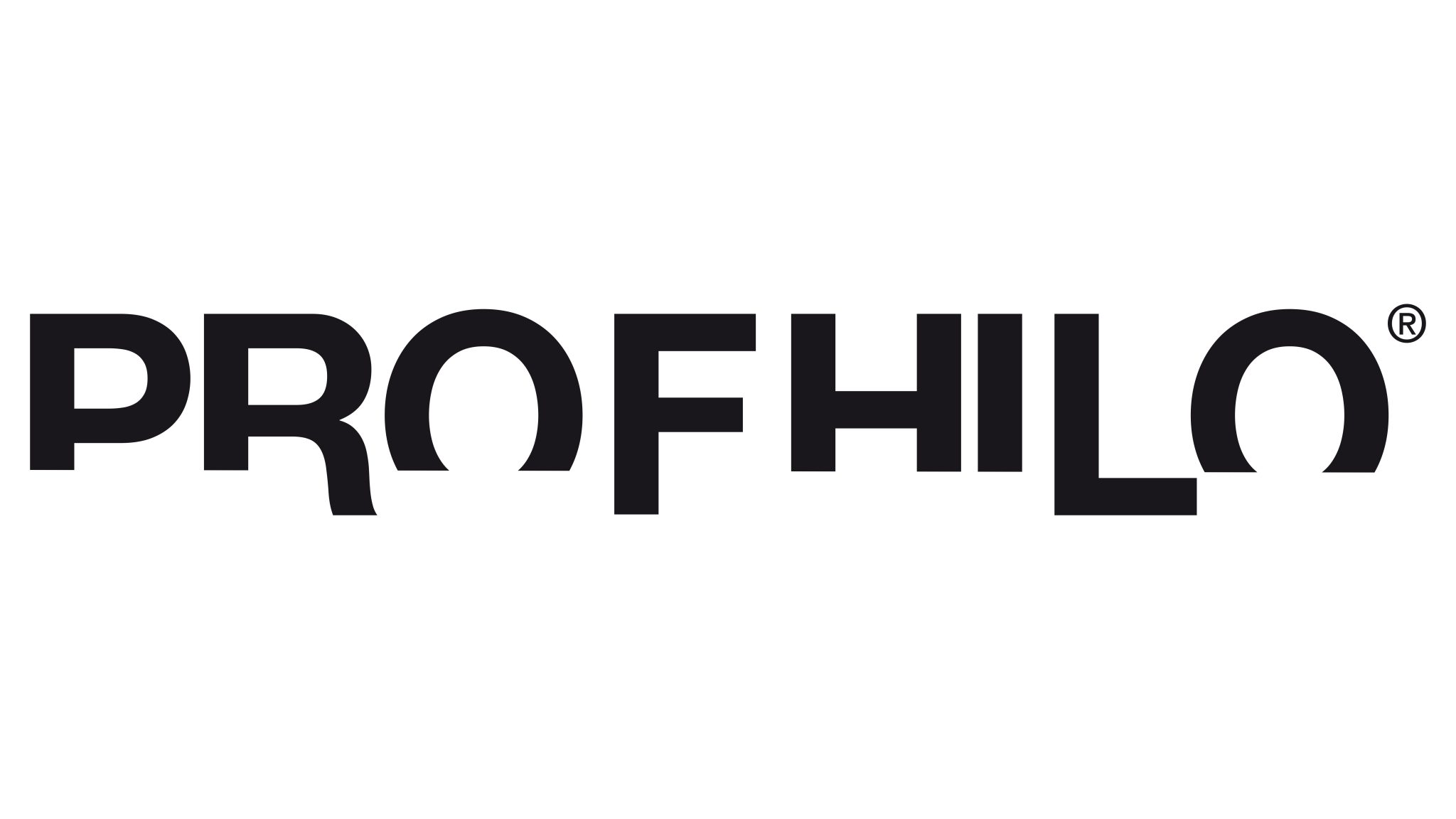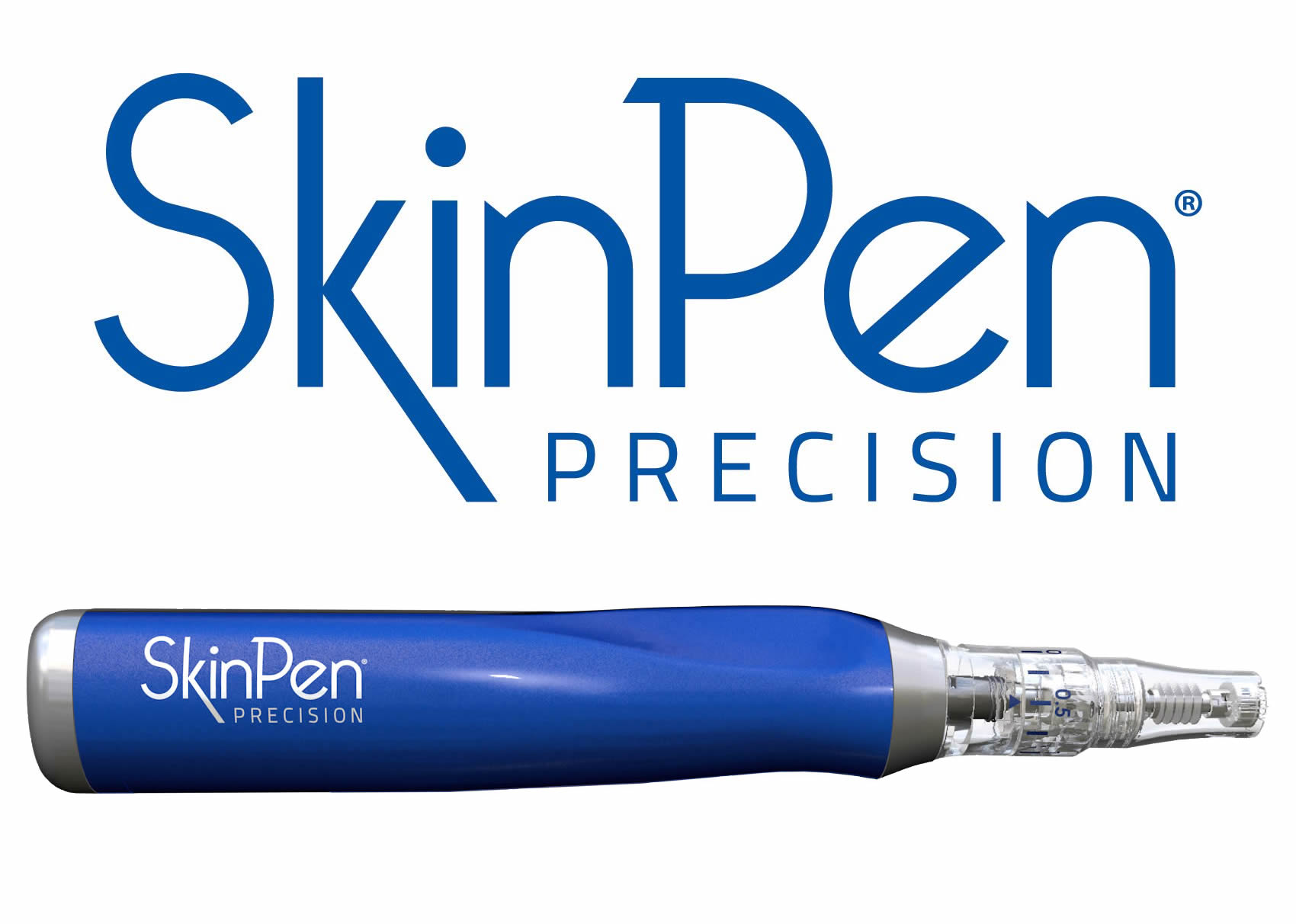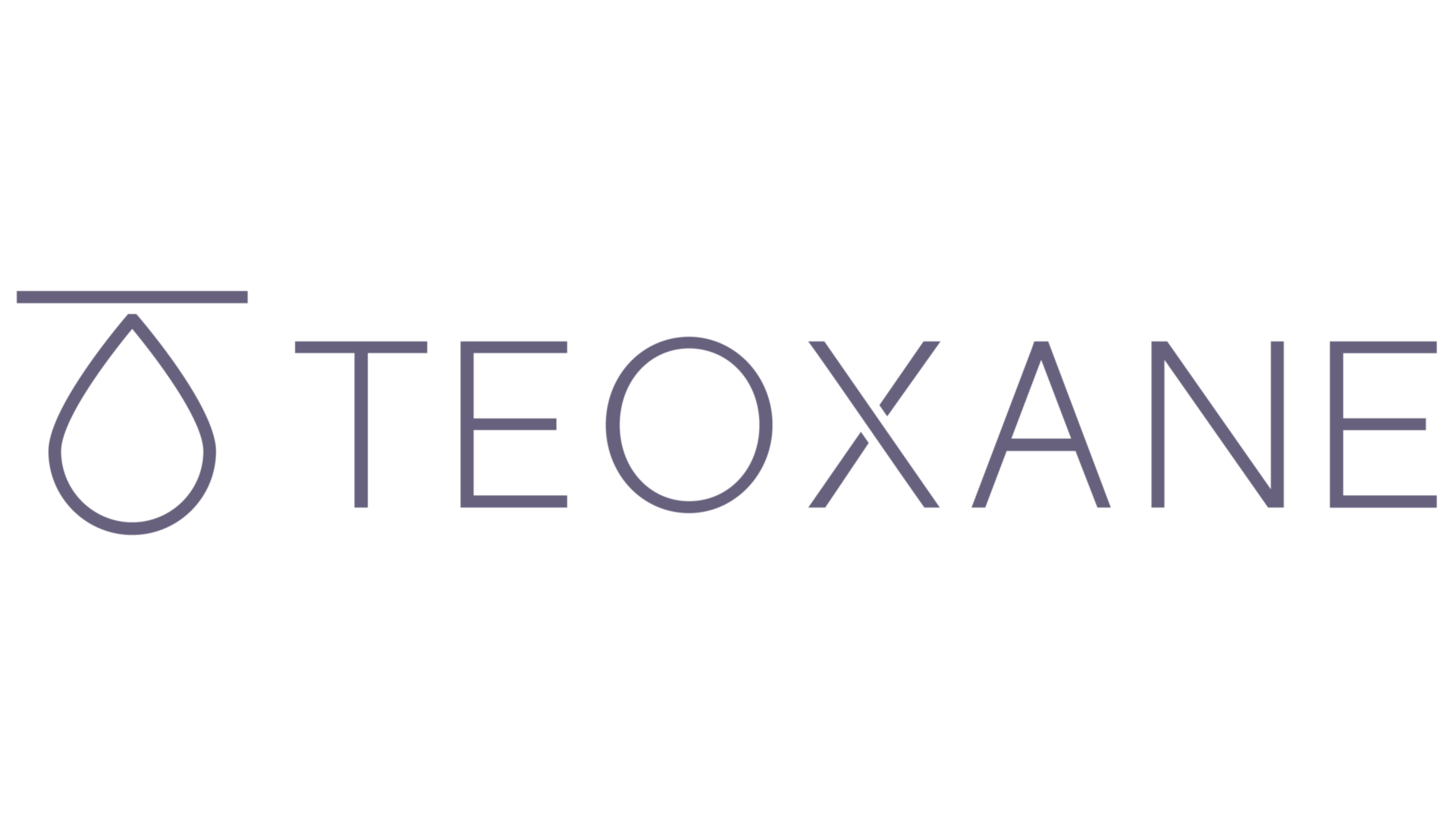Ever thought of having a chemical peel? Wondering what all the fuss is about? Is it worth it? Scared of looking like Samantha in SATC? Well, you’ve landed on the right page! Read on to find out more about a very under-used aesthetic treatment that can have noticeable benefits to your skin …
What is a superficial chemical peel?
A light (superficial) chemical peel removes the outer dead, dull layer of skin (the epidermis), revealing smoother, softer, more even skin underneath. It is used to treat fine wrinkles, acne, uneven skin tone and dryness. Superficial peels are the mildest of skin peels, but can still be hugely effective.
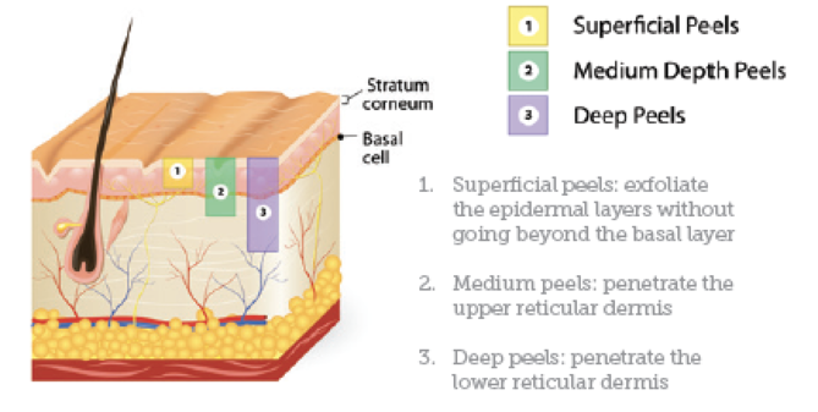
How do superficial skin peels work?
Superficial chemical peeling involves the application of a peeling agent to the skin, resulting in destruction of part or all of the epidermis. The most common acids used to create an intentional, controlled injury are alpha-hydroxy-acids (AHAs) such as glycolic acid and pyruvic acid, or beta-hydroxy-acids (BHAs), eg salicyclic acid.
The acid breaks the chemical bonds which hold the skin cells together, causing them to peel off over the next several days. This exfoliation process stimulates new epidermal cell growth and collagen production, resulting in new tighter skin with improved texture and appearance, and more evenly distributed melanin.
Who can have a chemical peel? Superficial chemical peels are safe and effective for almost everyone; they can be used on all Fitzpatrick skin types. If you have uneven skin, blemishes, fine lines, or sun damage, a superficial chemical peel may help. Chemical peels do not reduce pore size or improve saggy, loose skin. No sedation is needed and the treatment is usually very well tolerated.
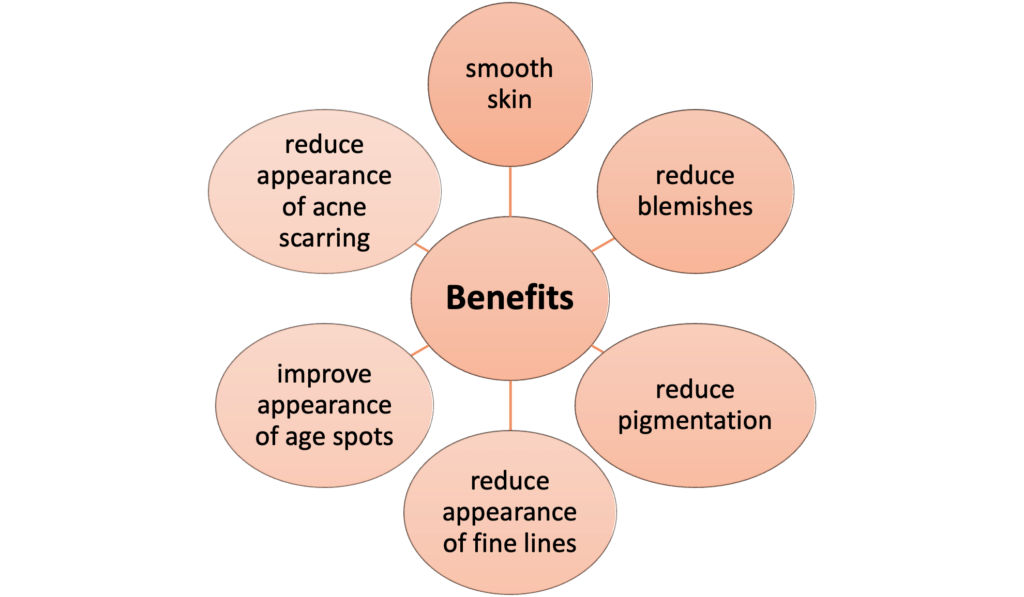
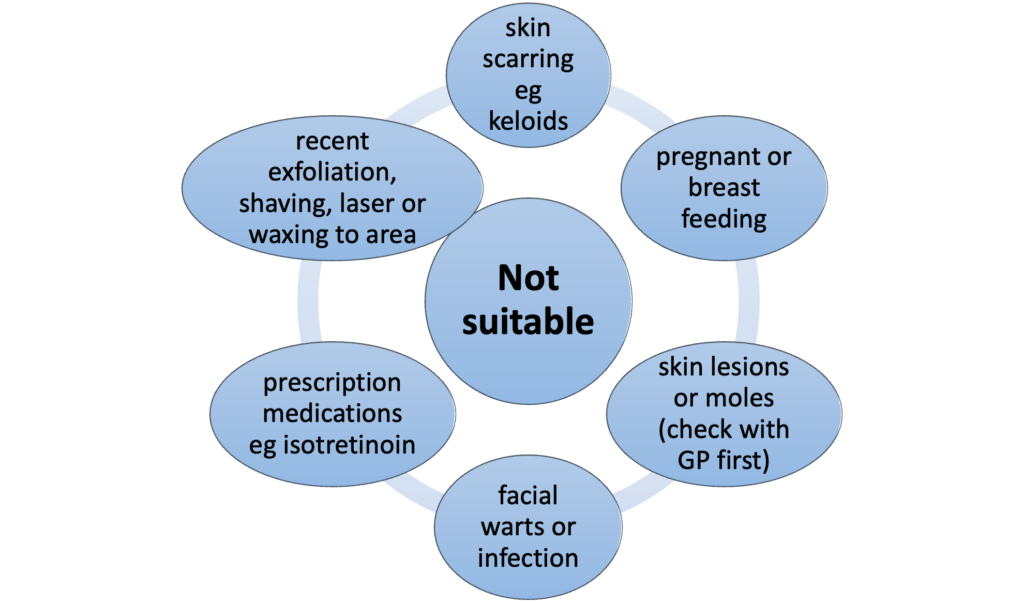
Pre-treatment phase
The purpose of the pre-treatment phase is to prepare the skin for the peeling process and for the following regeneration phase.
For the best results, tretinoin is recommended for one month beforehand because its action on the skin facilitates a more homogeneous penetration of the peel, leading to a more consistent result. Moreover, preparation with tretinoin also facilitates to accelerate the post-procedural healing process.
In the fortnight leading up to your peel, avoid adding anything new to your skincare routine. Additionally avoid exfoliating facials including Hydrafacial, don’t wax/laser/shave/or use electrolysis on your face, and avoid sunbathing/sun bed use.
3 days before your treatment, stop using any products with vitamin A, such as retinol or tretinoin.
The treatment
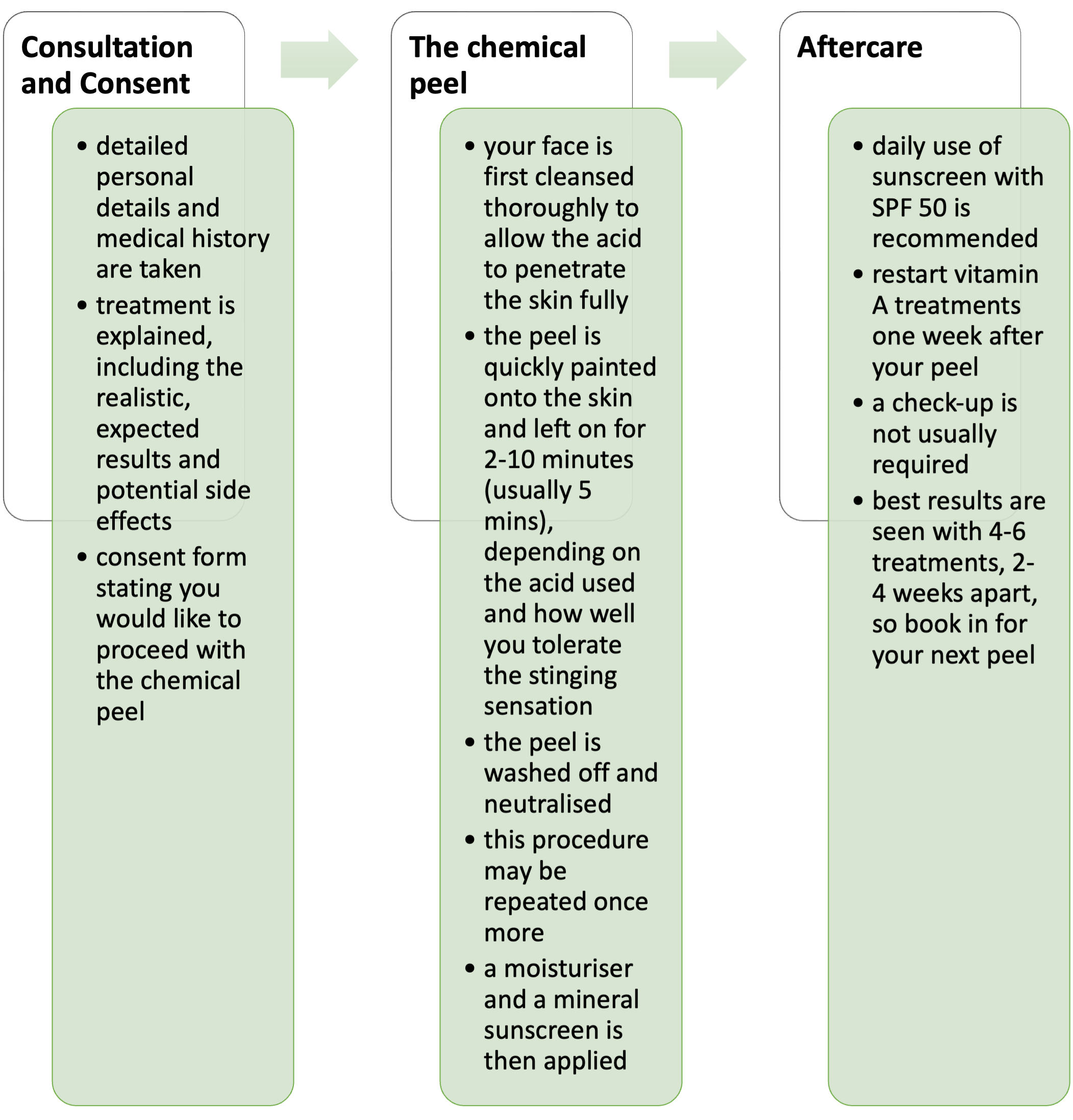
Side effects
When the acid peel is applied, a mild stinging sensation is common, but this is usually very well tolerated and shouldn’t be uncomfortable.
Superficial peels very rarely cause complications, which are usually not severe; don’t worry, you will not leave the clinic looking like a tomato! You may notice mild redness in the hours following your peel, but this usually resolves overnight. Some people experience mild peeling a few days later, try not to pick your skin off as this may cause bleeding and/or scarring. Occasionally you might experience transient mild hyperpigmentation; this usually resolves without any intervention.
Post-treatment
It is important to follow the advice of your aesthetics doctor following a superficial chemical peel so that you see the best results and reduce the risk of complications or side effects.
Cleanse your face very gently in the days following your treatment, avoid using products with active ingredients, and moisturise well. Don’t restart your vitamin A (retinol, tretinoin) products until 1 week after your peel.
Wear a high SPF sunscreen for at least 6 weeks post-treatment. This will reduce the risk of hyperpigmentation (brown blotches/discolouration) and damage to the newly revealed skin. You should wear sunscreen everyday; make it part of your daily skin care routine.
Cost
Benefits are noticed after just one treatment, but a series of 3 to 6 treatments provides the best overall results. The cost is £100 for 1 peel, £270 for 3, and £500 for a course of 6 peels.
Summary
If you have any further questions, please get in touch. Or if you would like to book in for a treatment, click here.

